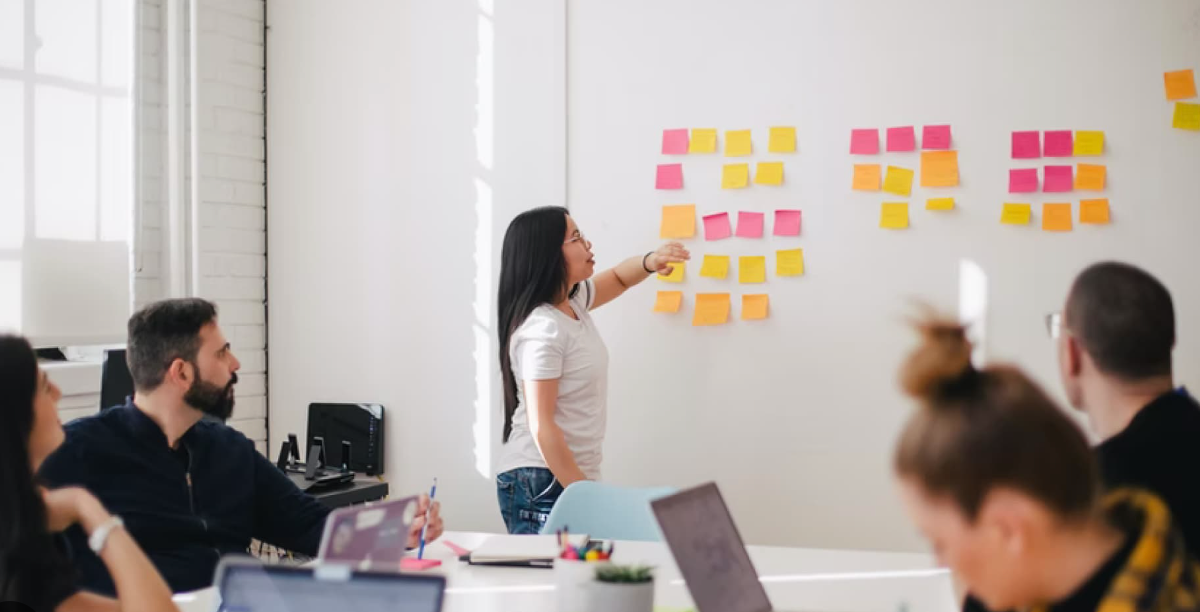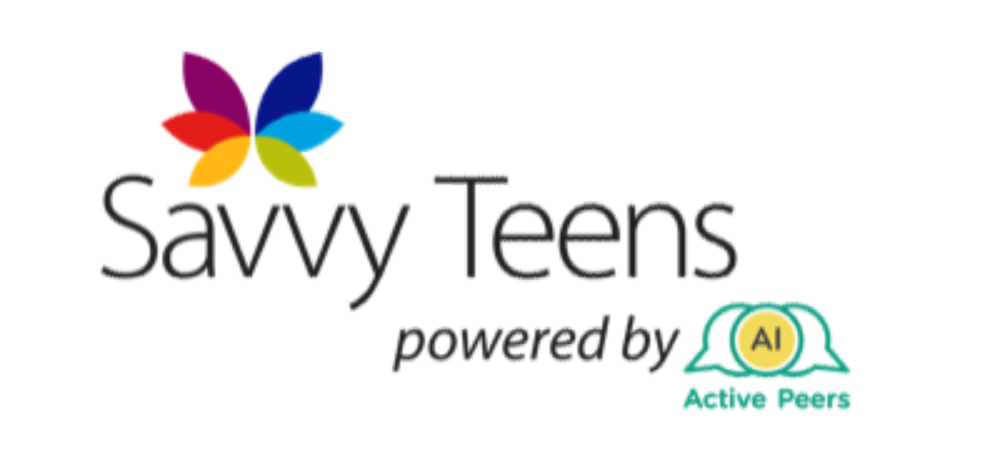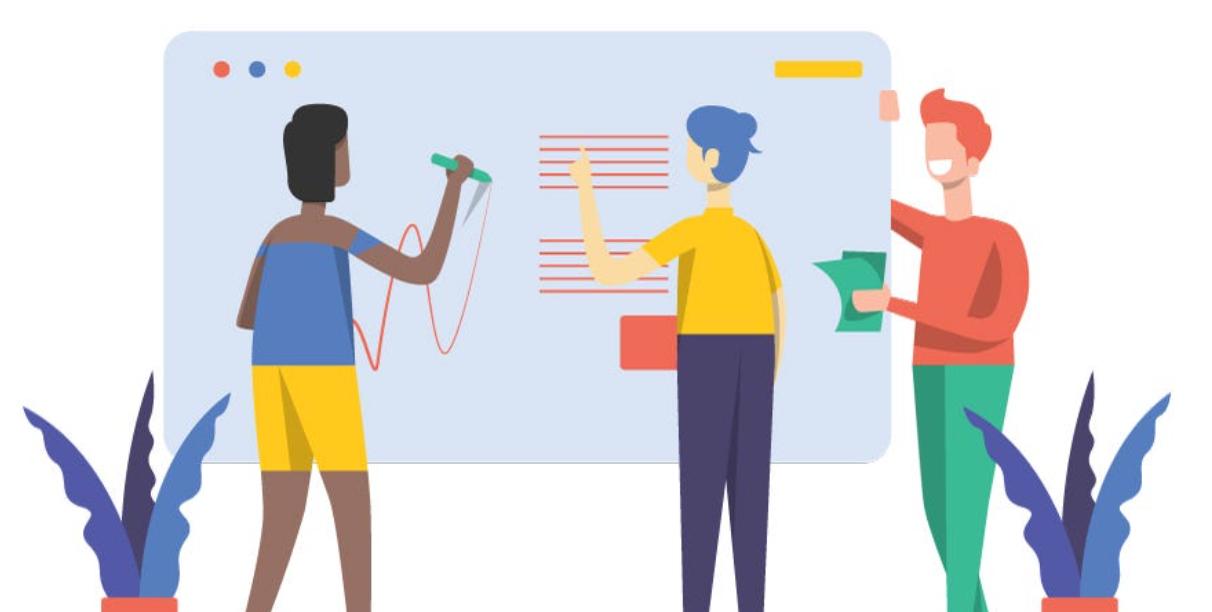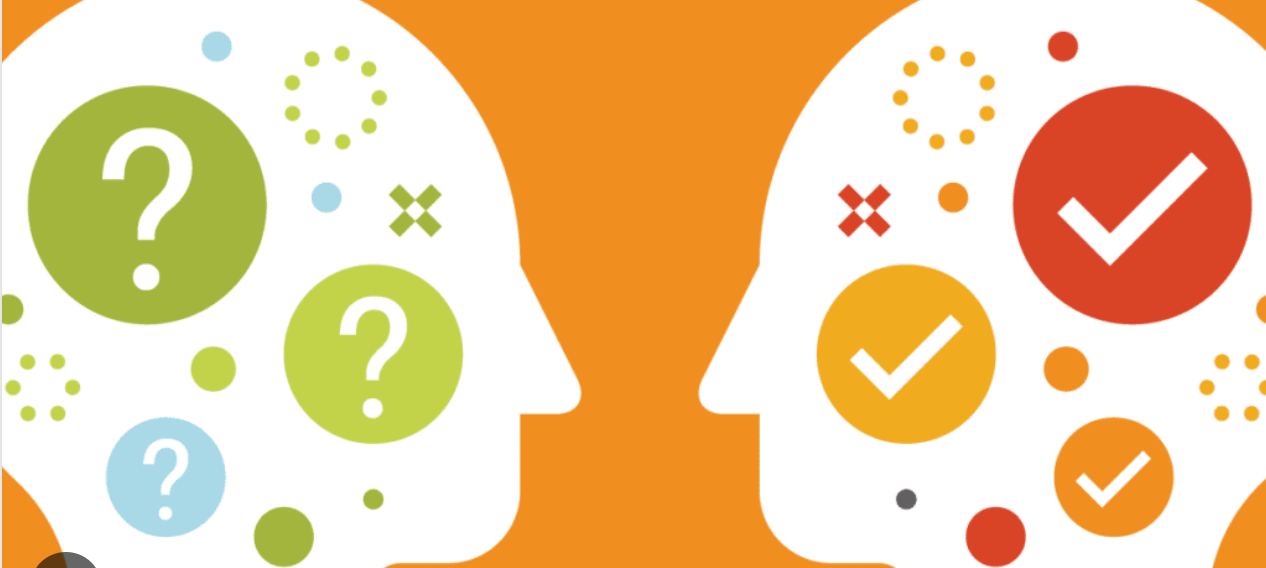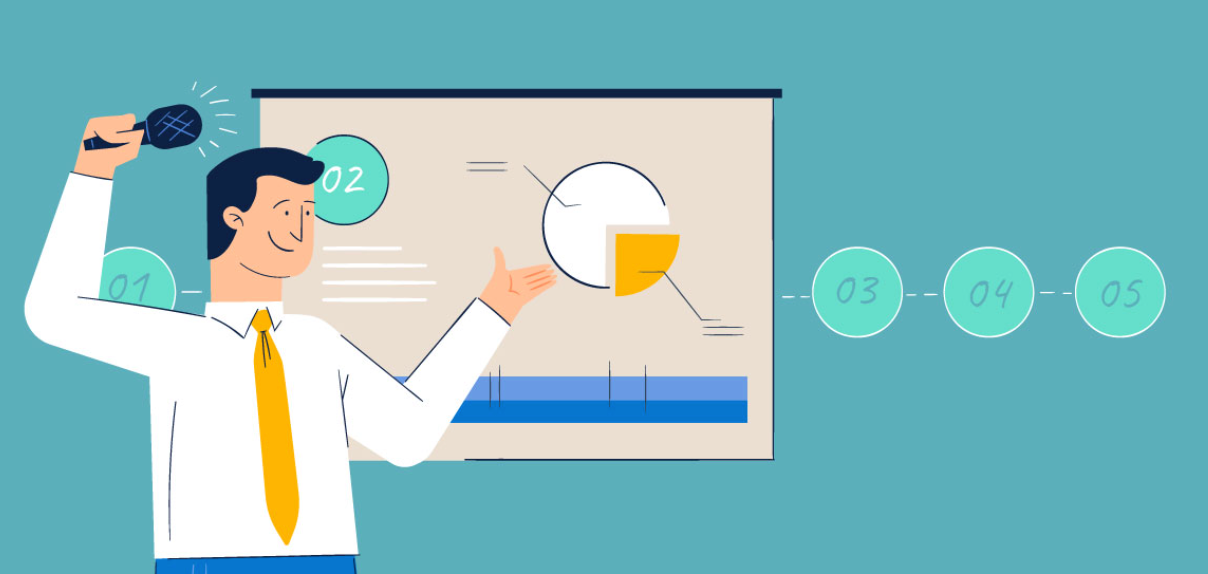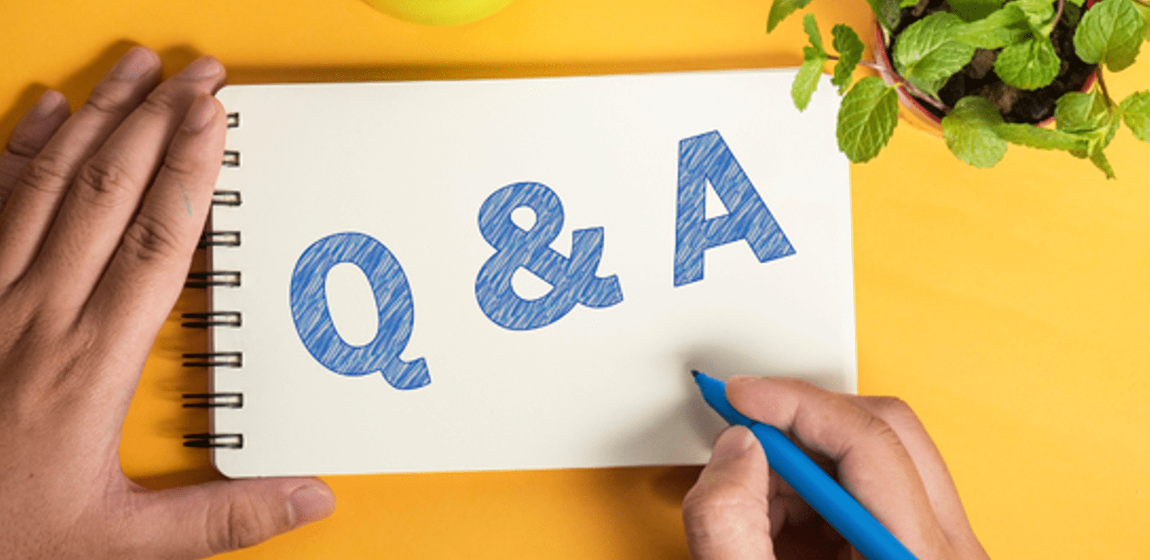How does virtual peer learning work?
"Collaboration allows us to know more than we
are capable of knowing for ourselves" - Paul Solarz.

There is a lot to learn from other peoples' wisdom, but we rarely have the opportunity to do so. As a result of the COVID-19 pandemic, people confronted the restriction on face-to-face communication. As a result, people had to work from home, decreasing beneficial coworker interactions and reducing productivity and workplace collaboration. The solution to this new challenge is peer learning. Peer learning is an excellent way to use our experience to help others by enabling them to take control of their learning experience. This methodology allows a more meaningful learning process without the time-consuming efforts of an individually tailored approach for each participant. In the Collaborative Learning Model described by Reid et al. (1989), there are five phases for designing instruction for collaborative learning: engagement, exploration, transformation, presentation, and reflection. Firstly, facilitators introduce the group to the cooperative activity. Then, participants determine their pre-existing knowledge and share this with organisers to group individuals for the exercise. Next, participants engage in conversation to reshape their expertise and impart wisdom to others. Then, participants reflect on their learnings and glean personal insights from their experiences. Finally, the facilitator takes the findings and circulates them back to the entire group. The power of artificial intelligence can amplify the benefits of peer learning along the way.
So, how can we optimise this process? I would like to use Active Peers AI to exemplify. The method of virtual peer learning implemented in Active Peers AI divides into four steps.
Step 1: Design a survey to help event organisers figure out how they can match with the participants.
Event facilitators want participants to get maximum impact during the learning process. Active Peers AI allows the sponsors, event organisers and your team to match the participants according to their skills and needs. The choice between in-person or online, algorithmic or randomised grouping, and single or multiple parameterised surveys can let them connect people based on shared interests, existing knowledge, or lack thereof! The algorithm visualises the survey results to provide an overview of participant characteristics. In addition, according to the detailed input information of each participant group, multiple parameters like gender, age, and the number of groups can make the matching more accurate.
Step 2: Use the AI Matching algorithm to connect people.
The artificial intelligence of the Active Peers Algorithm enables matches based on the survey results in seconds. First, all participants receive an email explaining a step-by-step guide to the peer-learning meeting process. Then, facilitators can tailor the algorithm to put as many or as few people in each group as desired for their desired outcome. The matching algorithm pr-determines who will act as the speaker (knowledge-sharer) and the listener (learner). At the same time, the algorithm reverses the roles to match people for a second meeting, potentially changing the groups entirely!
Step 3: Let the Peer Learning Prompter lead the matched parties through the conversation.
Pursuing the proprietary Peer Learning Prompter helps everybody share their insights. In this interactive session, participants can speak about some of their experiences, knowledge and skills. This method gives you a sense of their learnings, hopes and dreams along the way for the future. They may not know what to say upfront and offhand; thus, the Peer Learning Prompter provides several leading questions to facilitate the sharer to impart their knowledge more efficiently. People can think about what they can do differently in their next peer learning task between the two (or more!) meetings. Finally, the learner reflects on what they wanted to learn, what they knew before the session and what they will do with this newfound knowledge.
Step 4: Analyse Peer Learning Talk-in-Interaction
Knowledge and Insights analysis during the peer-to-peer conversation through high-quality STT (Speech to Text) and optimised ASR (Automated Speech recognition). Facilitators access the complete discussion between matched participants in video and text format to ensure the desired aims are achieved and gain insight into individuals.
Step 5: Gather feedback, and glean insights
As the audience shares their strengths and learnings, they can see others simultaneously, and this also helps the participants to positively see how they share experiences with others. Moreover, participants can freely give feedback and reflection through our pre-built and fully customisable form designed to bring tacit knowledge to the surface, helping them develop their critical analysis skills. Finally, rather than downloading spreadsheets of data and putting them into an easy-to-read format, our feedback goes into an automatically generated report to present to stakeholders.
Active Peers AI provides a unique way for your participants to develop and share the knowledge they didn't even know they had. So if you are interested in it, contact our team, explore our website for more information and get access to our services for your upcoming event!
Reference:
Ngeow, K. (1998). Enhancing student thinking through collaborative learning. ED422586 98. Eric Digest. Retrieved June 21, 2022, from http://www.edpsycinteractive.org/files/thikcoop.html#:~:text=In%20the%20Collaborative%20Learning%20Model,transformation%2C%20presentation%2C%20and%20reflection.

